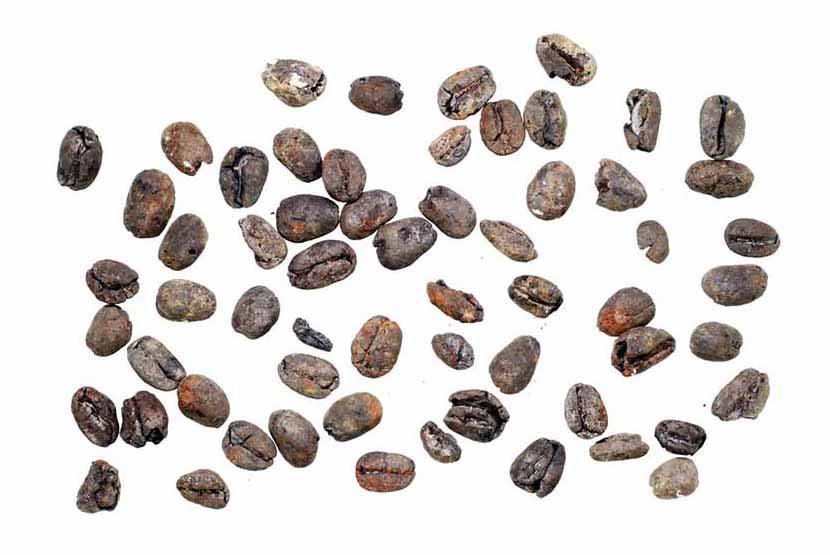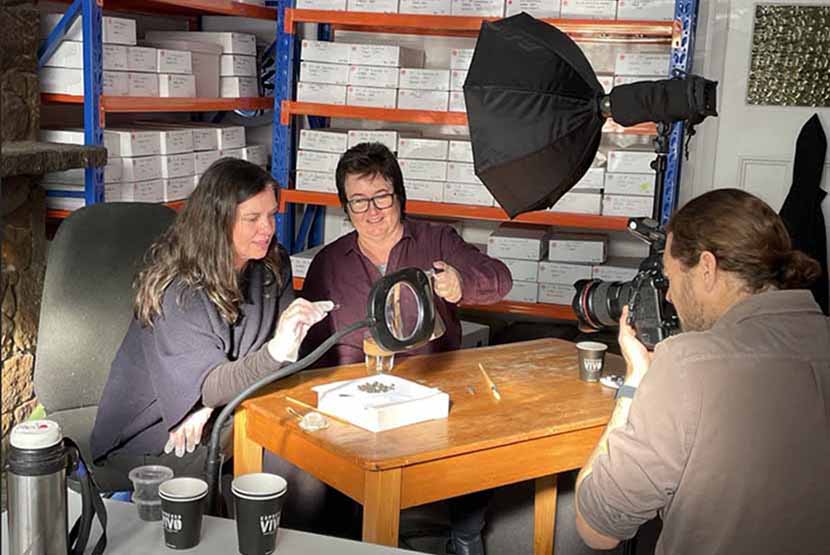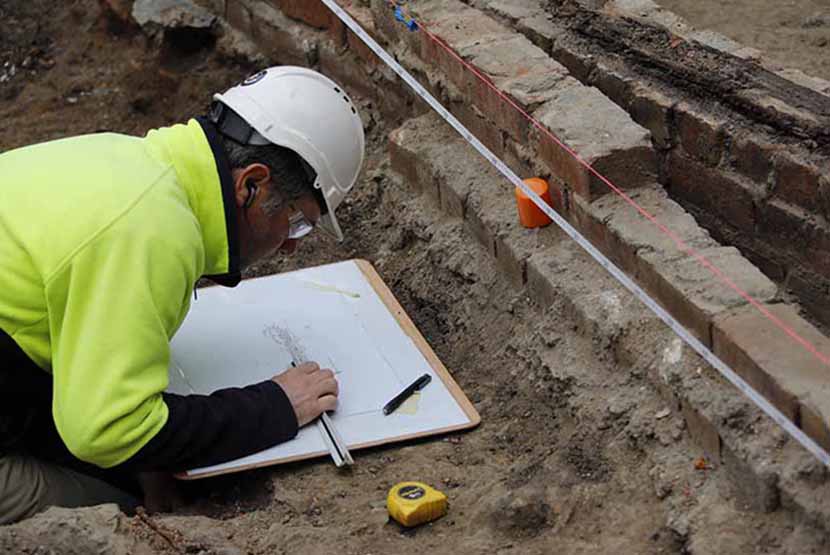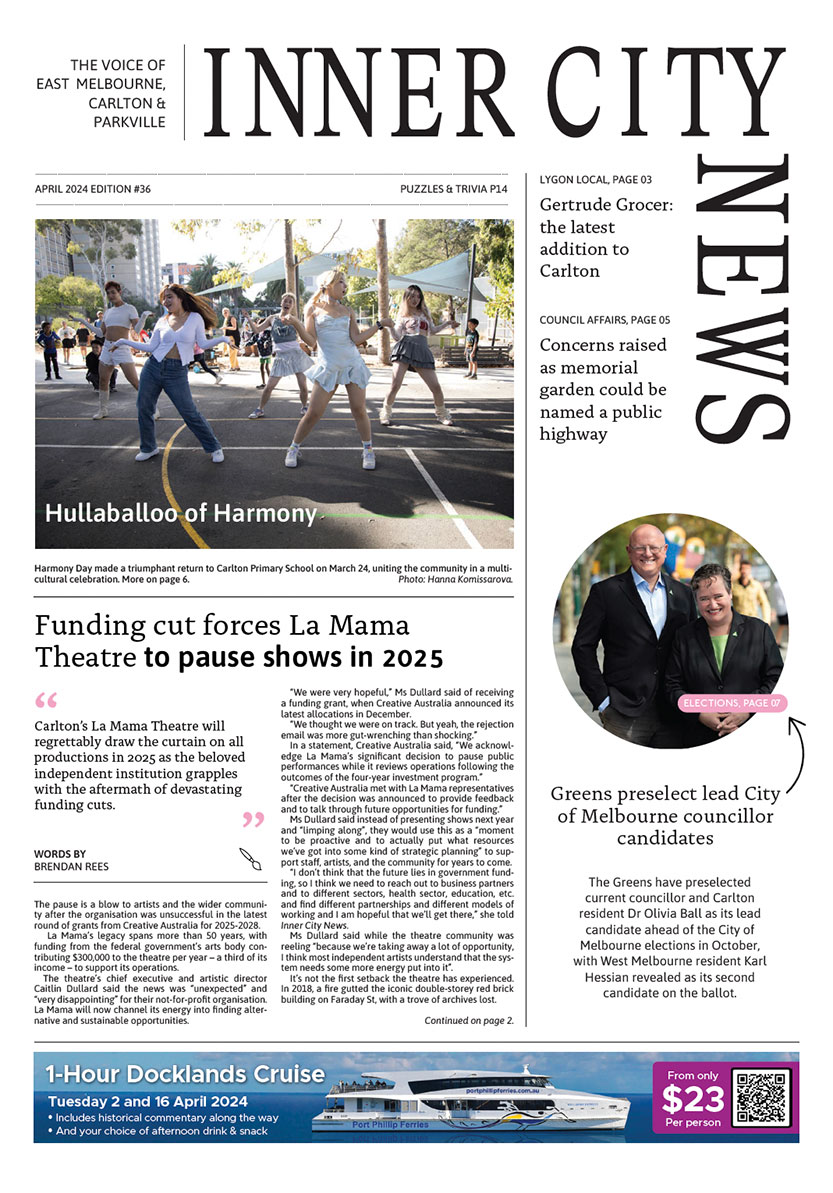Metro Tunnel digs prove Melbourne’s historical love of coffee
An Australia-first discovery as part of Metro Tunnel Project works has revealed the city’s famed coffee culture is decades older than first thought – as far back as the Victorian gold rush.
Archaeologists working on the site of the future Town Hall Station near the Young & Jackson Hotel, one of two new underground stations being built as part of the city-shaping project, unearthed more than 500 coffee beans in a Pompeii-like deposit.
The perfectly preserved beans, from as far away as Sri Lanka, were stored in John Connell’s grocery that burnt down in the early hours of September 19, 1855 – some 170 years ago.
What was a catastrophic incident then became an exciting discovery for the team in 2018.
Before construction on the entrances to the underground Town Hall Station could begin, an archaeological excavation had to take place to recover and document artefacts from the site.
The beans – and other artefacts, including English biscuits, pasta and fruit – were carbonised and preserved during the fire, which archaeologists traced to the hour through researching newspapers from the time.
The nationally significant items have drawn comparisons with the ancient Roman city of Pompeii and the eruption of Mount Vesuvius when the city was buried under layers of volcanic ash.
Excavation director Meg Goulding said, “It’s almost like the grocer locked up and left and then we get to see inside 167 years later.”
“There’s nothing like this type of deposit in Australia.”
The nationally significant artefacts have the potential to re-write the city’s coffee history.
It’s believed the gold rush drove an increase in coffee consumption, despite the city’s love of coffee having long been attributed to late 19th century Melbourne coffee houses and then the waves of Greek, Italian and Turkish immigrants in the 1940s and ‘50s.
Senior artefact manager Jennifer Porter noted: “We know that at least some of these perfectly preserved beans came from Ceylon – now Sri Lanka. The favourite variety was called ‘Ceylon Plantation’ and would have been perfect to serve alongside some of the English biscuits, also found intact at the fire deposit.” •

Carlton language school championed by Ukrainian refugee






 Download the Latest Edition
Download the Latest Edition